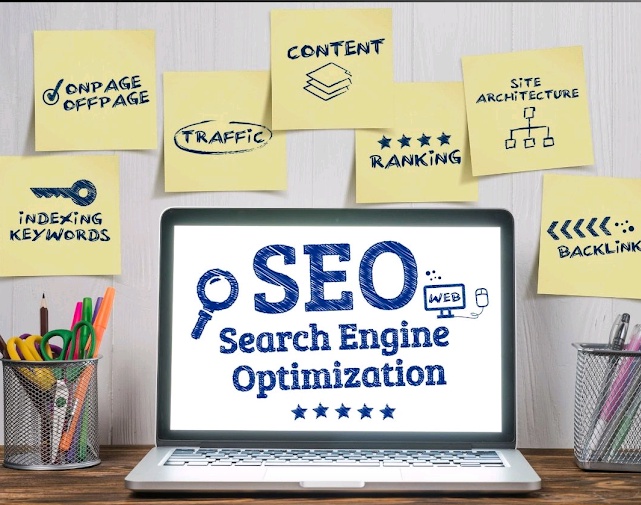SEO, or Search Engine Optimization, is a set of strategies and practices aimed at improving a website's visibility and ranking on search engine results pages (SERPs). The primary goal of SEO is to increase organic (non-paid) traffic to a website by optimizing various aspects of the site to align with search engine algorithms. It involves both on-page and off-page optimization techniques to enhance a website's authority, relevance, and overall quality in the eyes of search engines like Google, Bing, and Yahoo.
There are several types of SEO, each focusing on different aspects of optimization:
1. On-Page SEO: On-page SEO refers to optimizing the content and elements directly on a web page. It involves making improvements to factors that are under your control. Key on-page SEO elements include:
-
- Keyword Research: Identifying relevant keywords that users are likely to search for and incorporating them strategically into your content.
- Content Optimization: Creating high-quality, valuable, and engaging content that meets the needs of your target audience.
- Title Tags: Crafting descriptive and keyword-rich title tags for each page to provide context to search engines.
- Meta Descriptions: Writing compelling meta descriptions to encourage click-through rates from search results.
- Header Tags: Using header tags (H1, H2, H3, etc.) to structure content and emphasize key points.
- URL Structure: Creating clean and user-friendly URLs that include relevant keywords.
- Image Optimization: Optimizing images with descriptive file names and alt text.
2. Off-Page SEO: Off-page SEO focuses on activities outside of your website to improve its online authority and reputation. Key off-page SEO techniques include:
-
- Link Building: Acquiring high-quality backlinks from reputable websites to boost your site's authority. Natural and earned links are highly valuable.
- Social Signals: Utilizing social media platforms to promote your content and engage with your audience, which indirectly impacts your SEO.
- Online Reputation Management: Managing and monitoring online reviews, mentions, and discussions related to your brand to maintain a positive online reputation.
3. Technical SEO: Technical SEO concentrates on the technical aspects of a website to ensure it's search engine-friendly. This includes:
-
- Site Speed Optimization: Improving page load times for a better user experience and SEO ranking.
- Mobile-Friendly Design: Ensuring that your website is responsive and performs well on mobile devices.
- XML Sitemaps: Creating and submitting XML sitemaps to search engines for better crawling and indexing.
- Robots.txt: Using a robots.txt file to control search engine access to certain parts of your site.
- Schema Markup: Implementing structured data to enhance search engine understanding of your content.
4. Local SEO: Local SEO is crucial for businesses serving a specific geographic area. It includes optimizing for local search results, such as:
-
- Google My Business: Creating and optimizing your Google My Business profile with accurate business information.
- Local Citations: Ensuring your business is listed consistently in online directories and review sites.
- Local Keywords: Targeting location-specific keywords in your content.
5. Voice Search SEO: With the rise of voice-activated devices, optimizing for voice search is becoming important. This involves optimizing content to answer natural language queries and providing concise, informative responses.
6. E-commerce SEO: E-commerce SEO focuses on optimizing online stores. This includes optimizing product pages, managing duplicate content, and improving the user experience to increase conversions.
7. Video SEO: Video SEO involves optimizing video content on platforms like YouTube. It includes optimizing video titles, descriptions, and tags, as well as encouraging engagement with your videos.
8. International SEO: For businesses targeting multiple countries or languages, international SEO is vital. It involves optimizing content for different languages and regions while avoiding duplicate content issues.
In summary, SEO encompasses a range of techniques and strategies designed to enhance a website's visibility and ranking on search engines. The choice of which types of SEO to prioritize depends on your website's goals, target audience, and industry. A holistic approach that combines various SEO types often yields the best results.


No comments yet